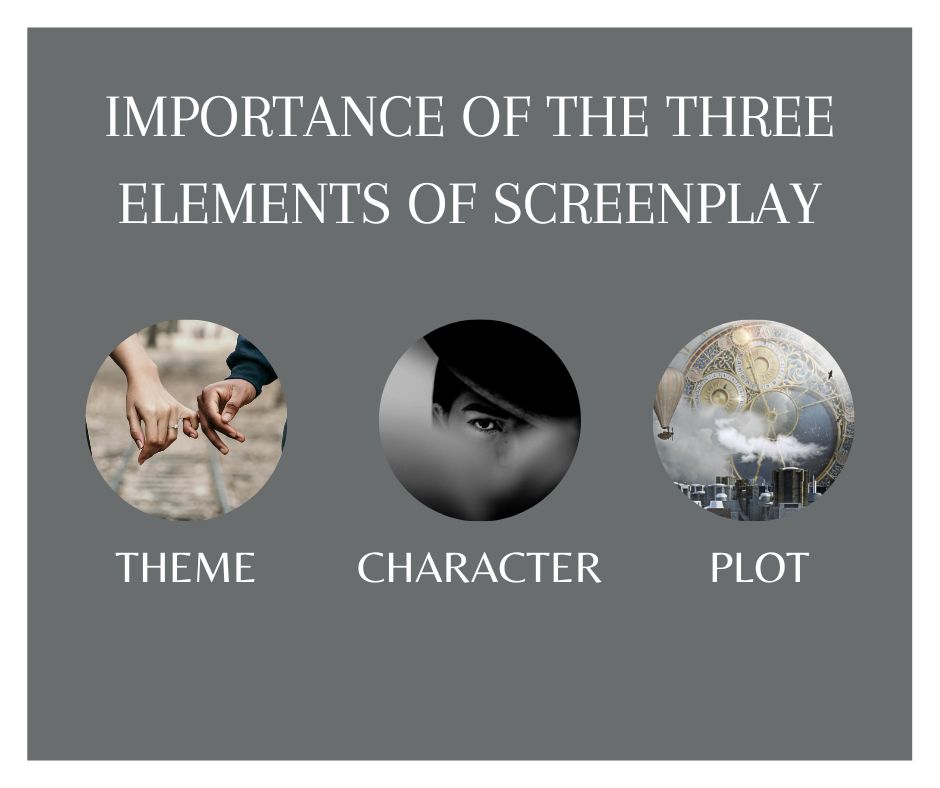A screenplay is a piece of writing that expresses characters’ movements, actions, and dialogue in a movie, television show, or another moving medium. Scripts and screenplays serve as the movie’s building blocks. Screenplays are written in a specific format to distinguish between characters, action scenes, and dialogue.
When writing a screenplay, three essential elements must be remembered.
THEME
The theme is your point of view that you wish to express about a specific aspect of a particular subject: love, money, or greed. The theme is often referred to as the moral message of the story.
Theme not only gives a story a deeper meaning but also tends to give actors something to get their teeth into. And the number one thing managers look for in a screenplay they can sell.
There’s a fine line between having something to say and preaching to your audience. To avoid making your script feel too heavy-handed or polemical, try expressing your theme as a moral question rather than a statement.
This might feel like a minimal, subtle shift in your thinking, but it can dramatically affect your choices in writing.
Think of your theme as a tug-of-war between two opposing points of view on the same subject. The best way to dramatize this is to give your main characters opposing views.
CHARACTER
The story revolves around the characters. This might sound weird because people will be thinking about the different parts of the story. But let’s all be real that a story won’t go on unless the characters change, especially the leading characters because the story is about them or can’t go on without them.
That said, it should not surprise that a character is significant in a story. There is a story because there are characters and vice versa. Characters are what make the story go on because the character’s choices and decisions tell where the story is headed.
Readers can get a sense of the world you’ve crafted by the actions and perspectives of the characters you’ve developed. This includes how your characters interact with their surroundings and see the world around them.
Short stories rely heavily on their characters, who provide the impetus for the plot. The story’s problems and tensions, as well as their resolutions, are shaped by the characters involved.
PLOT
Your plot is driven by your characters, who also help to build it. The plot ensures that every crucial story component is included to make sense to the reader and advance the plot. It also consists of the challenge or issue the main characters must overcome to experience a happy ending. Even a brief story will have a storyline because fascinating stories always do.
Probably the most crucial element of storytelling is the plot. You can make sure that everything fits together logically by plotting your story. A strong plot guarantees readers will appreciate your work as much as you did when creating it.
